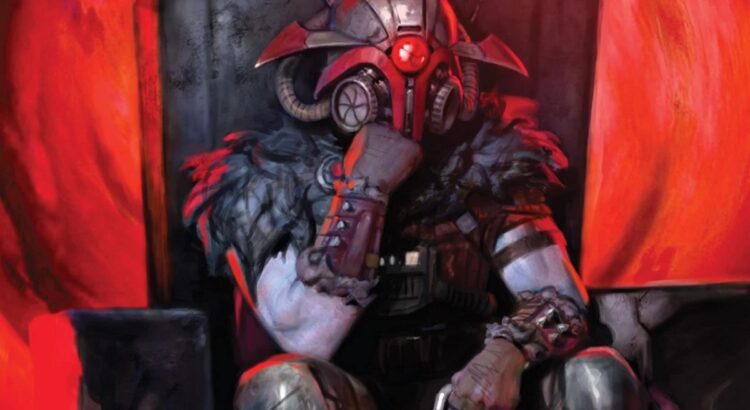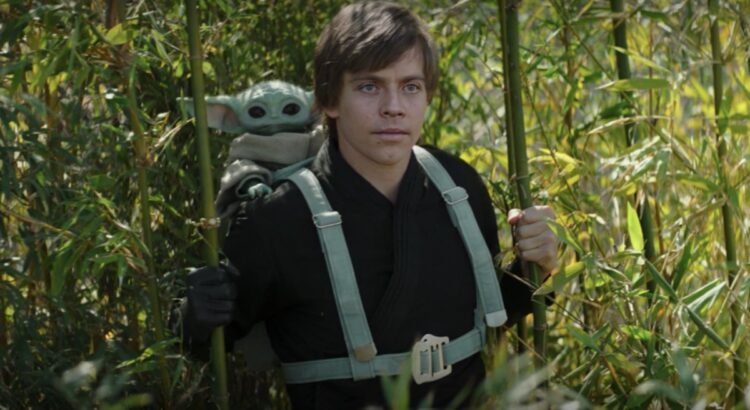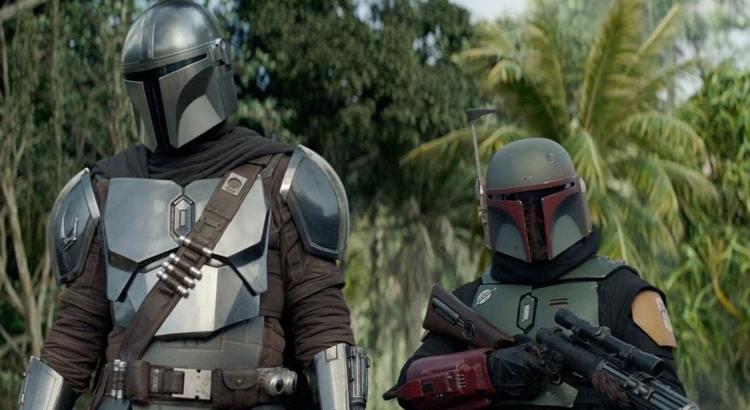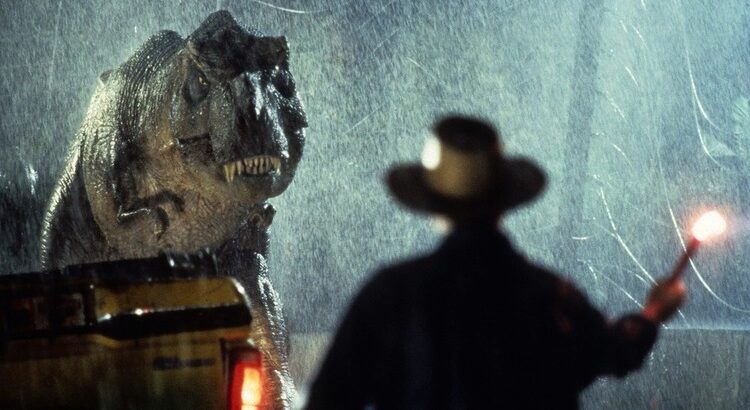Phase One of The High Republic has come to an end, and with that came the surprising announcement that Phase Two will actually be going back another 150 years, apparently to flesh out how certain long-forgotten events led to the mess our heroes are currently dealing with in the (relative) present day.
In this respect, The High Republic seems to be mirroring the release structure of the Skywalker saga, which introduced the battle against Emperor Palpatine in the original trilogy, then showed the origins of that conflict, then jumped forward again to resolve it once and for all, now with the benefit of hindsight.[1]Depending on how one views the sequel trilogy’s efforts to integrate into the larger story an even more apt comparison might be machete order, in which the prequels are treated as an extended … Continue reading
If the creators really are intentionally mirroring the films, that suggests that Phase Three will be a conclusion of some sort—if not to the era in general, at least to the threat of Marchion Ro. For the purposes of this piece, I’m assuming as well that said conclusion will be meant to be genuinely happy, rather than the pyrrhic victory of The Phantom Menace; it’s fair to believe otherwise considering where things end up a couple centuries later, but it’s my feeling that they called this saga “The High Republic” for a reason, and the defeat of Marchion Ro will be presented as a rousing triumph of the Galactic Republic and its Jedi, rather than the first in a long line of compromises that will lead to the Empire.
Since we don’t know what we don’t know, it’s hard to say exactly what Phase Two will be about, what important context it will add to the story we’ve gotten so far. But allowing for the above priors, I have a pretty good idea of what the era is currently missing: a satisfying, multidimensional antagonist.
Read More
| ↑1 | Depending on how one views the sequel trilogy’s efforts to integrate into the larger story an even more apt comparison might be machete order, in which the prequels are treated as an extended flashback between The Empire Strikes Back and Return of the Jedi. |
|---|





